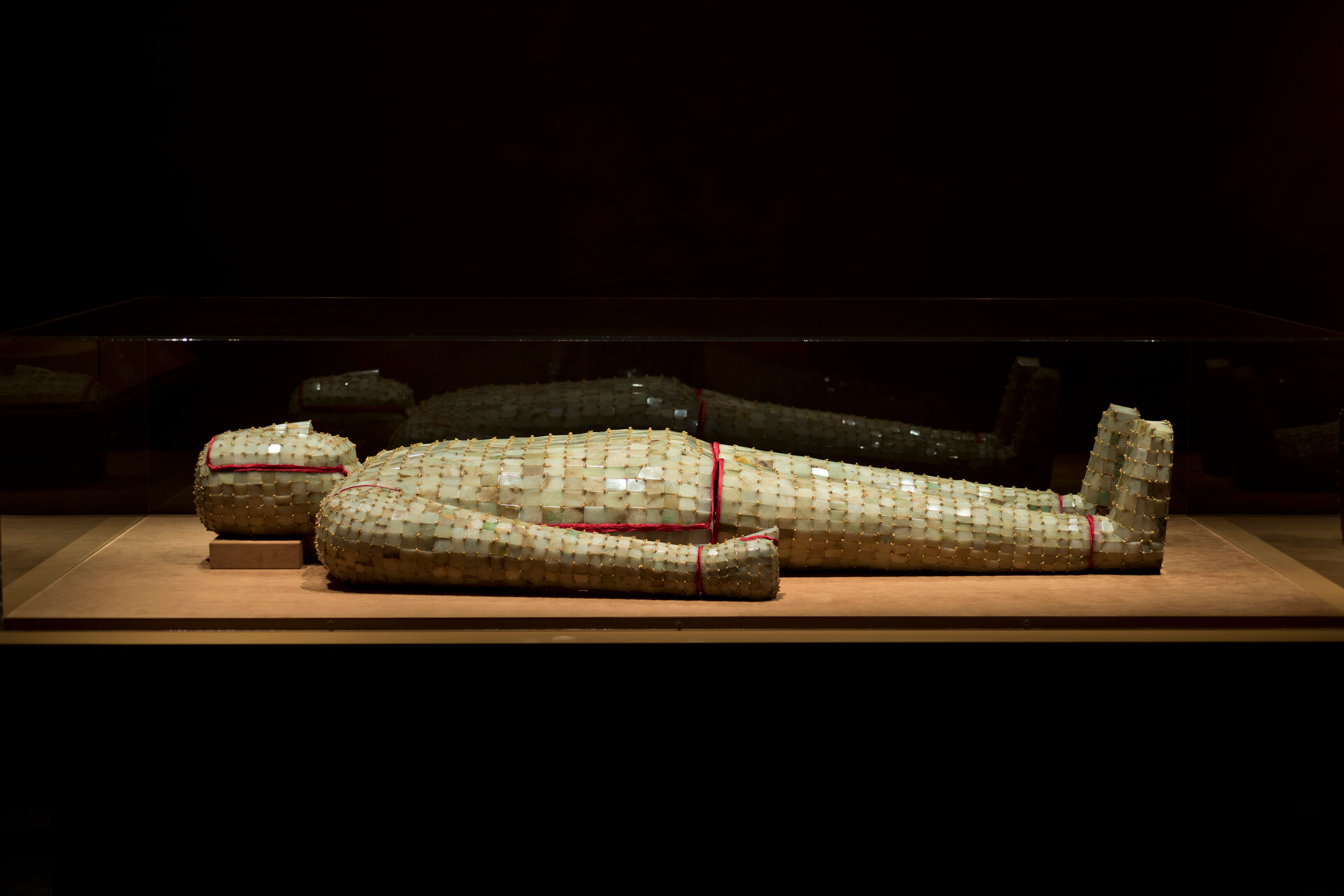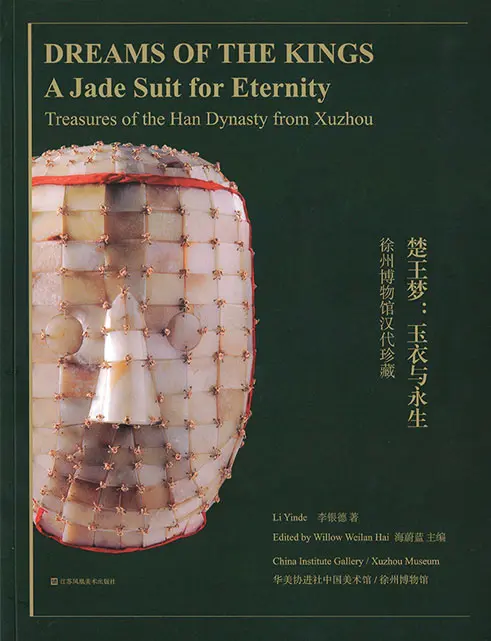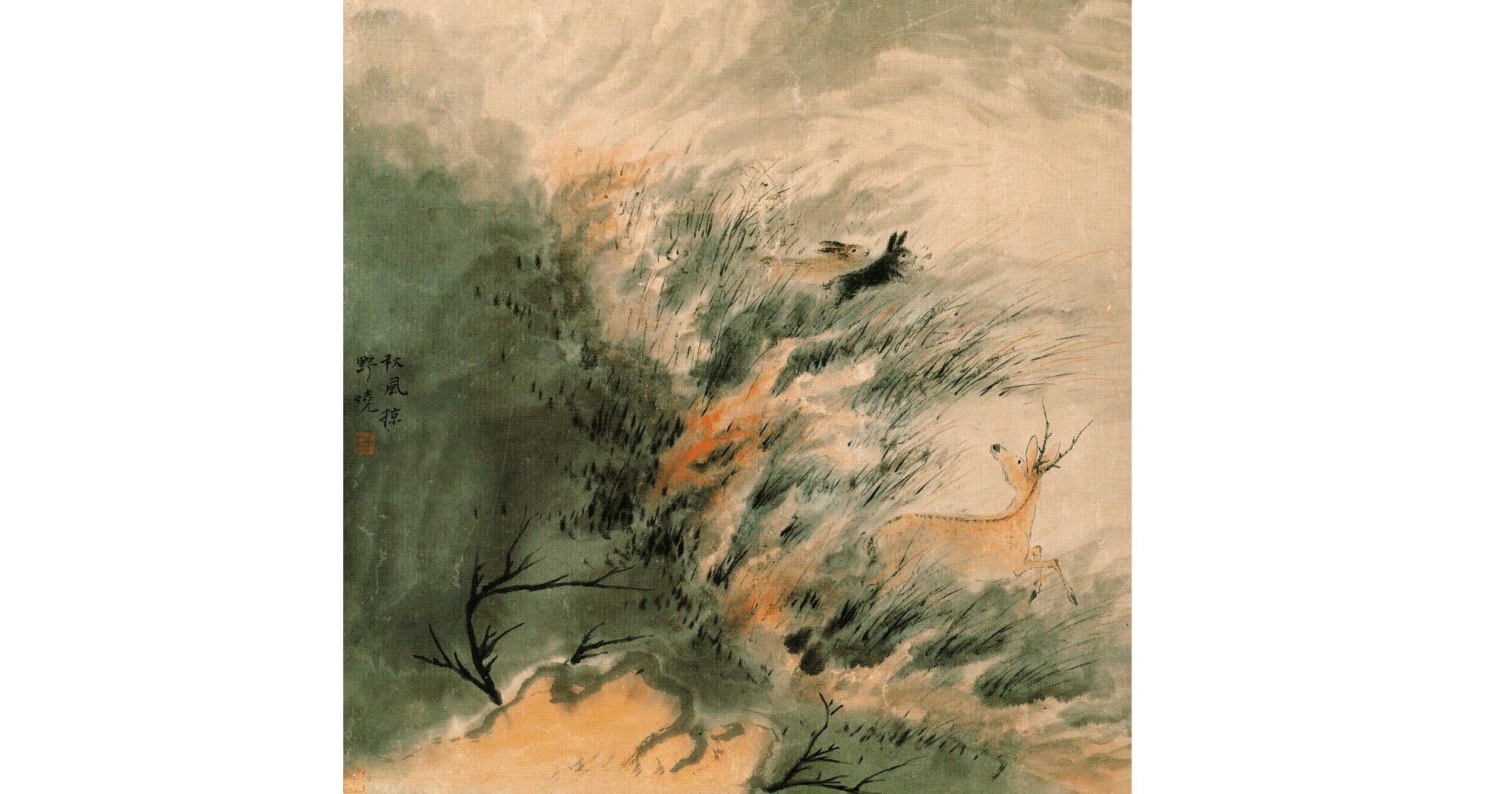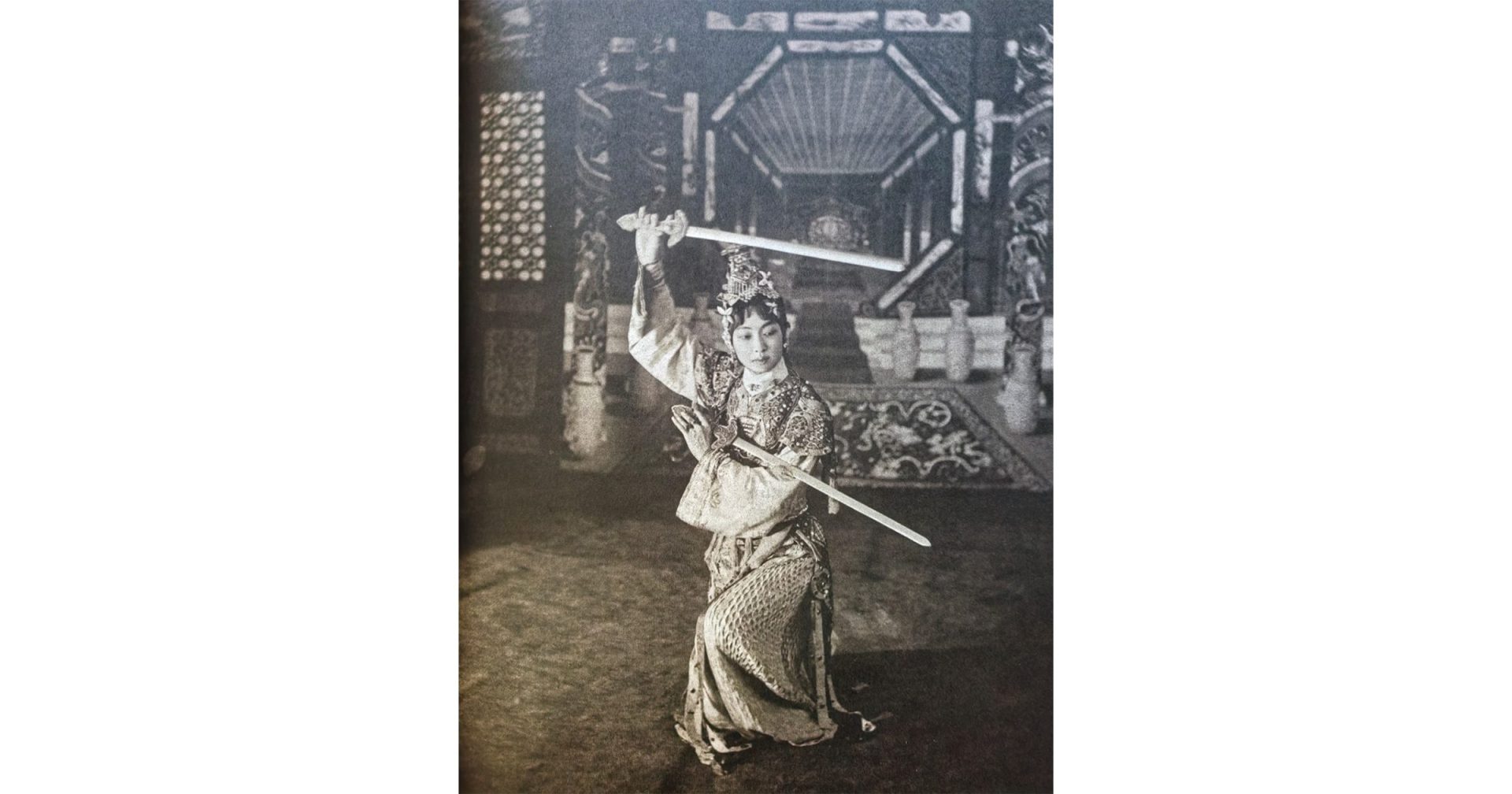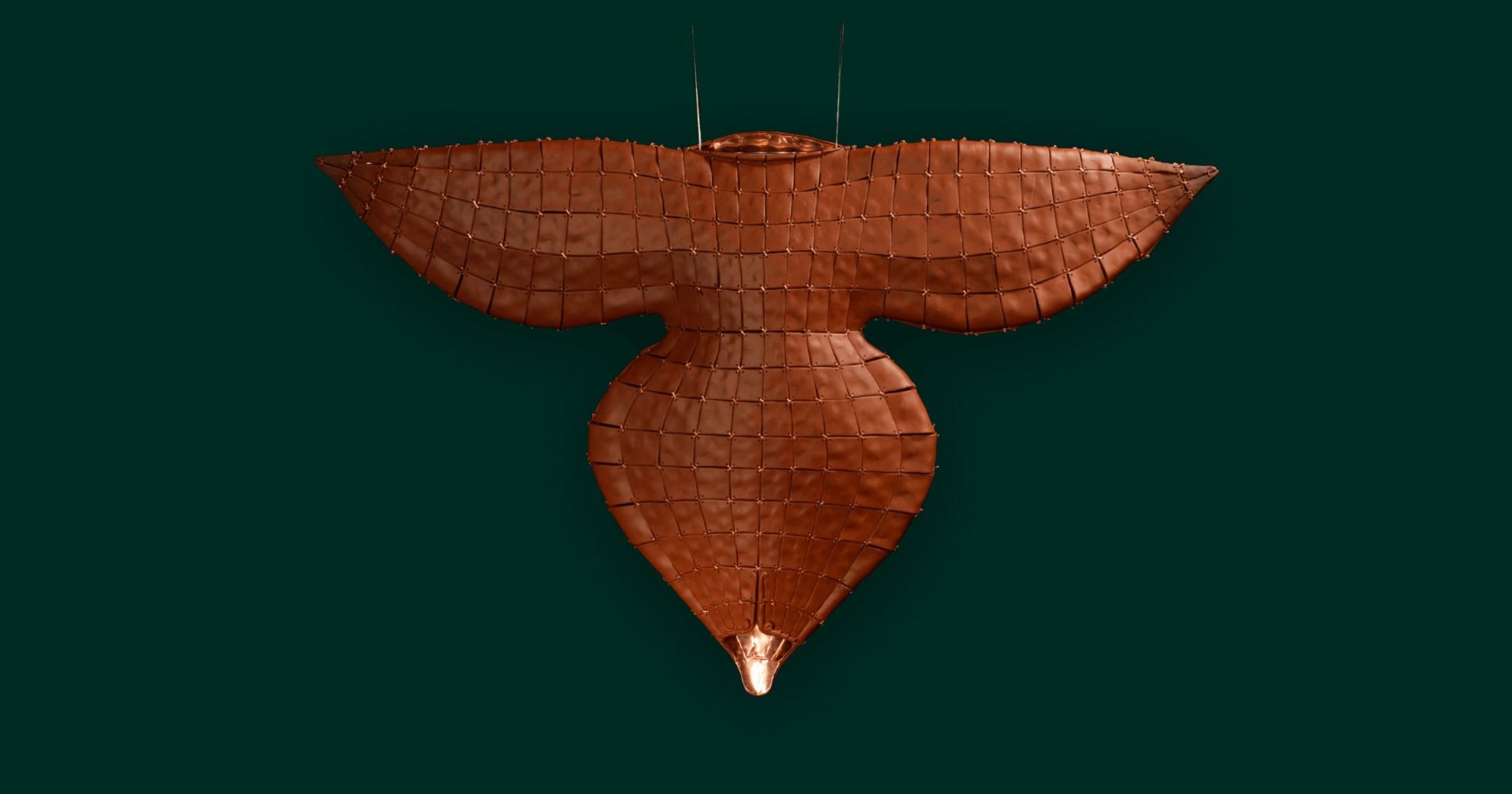In 201 BCE, the first emperor of the Han Dynasty knighted his younger brother as the first king of the Chu Kingdom, which was centered in Peng Cheng, today’s Xuzhou, in northern Jiangsu Province. Ruling under the emperor’s protection, and given special exemption from imperial taxes, elites in this Kingdom enjoyed a lavish lifestyle. Twelve generations of kings lived, died, and were buried in sumptuous tombs carved into the nearby rocky hills. Since the mid-20th Century, nearly hundred tombs were excavated, revealing contents that testify to the Chu kings’ affluence, as well as their beliefs in immortality and the afterlife.
One of the most stunning finds was an elaborate jade burial suit, assembled from 4,246 pieces of Khotan jade, the most precious stone adored by Chinese people since the Neolithic period as an auspicious material that could ensure immortality. This exhibition features the jade suit, and other tomb contents that highlight how these powerful and wealthy kings prepared for death and envisioned their eternal afterlife to come.
The Lead Sponsors of this exhibition, its catalogue, and related public programs are Liu Dan and the E. Rhodes and Leona B. Carpenter Foundation. Additional support is provided by Confucius Institute Headquarters; Masahiro Hashiguchi; the New York City Department of Cultural Affairs in partnership with the City Council; the New York State Council on the Arts with the support of Governor Andrew M. Cuomo and the New York State Legislature; Dame Jillian and Dr. Arthur M. Sackler Foundation for the Arts, Sciences & Humanities; Laurie Jue-Ying and David Ying; members of China Institute’s Friends of the Gallery; and other Exhibition Sponsors.
